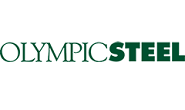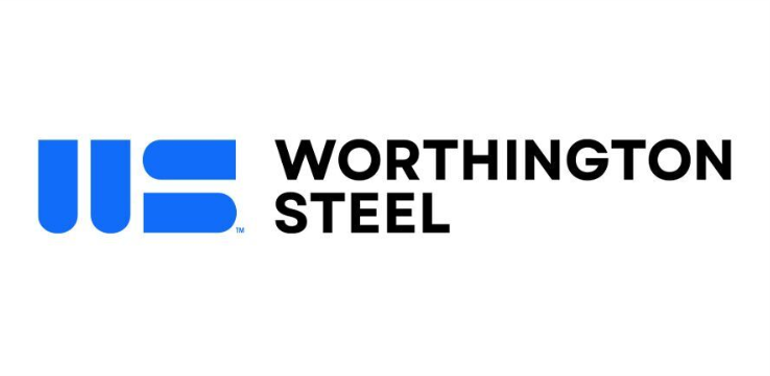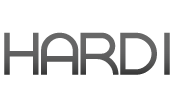Service Centers

ASD Meeting Focuses on Scrap & Steel Pricing
Written by Sandy Williams
March 8, 2015
SMU had the opportunity to attend the Association of Steel Distributors (ASD) meeting in Pittsburgh on March 5. The meeting was held at the delightfully decorated Hotel Monaco in downtown Pittsburgh.
ASD president Brian Robbins welcomed the younger than usual attendees to the ASD meeting and invited them to become part of the Future Leaders Forum. The Future Leaders Forum mission is to provide practical guidance, direction, networking and education to enhance the professional goals of future leaders in the steel distribution industry.
Robbins also congratulated ASD Treasurer Tom McDonald on his retirement from Coil Slitting International.
The main event of the meeting was a panel presentation on the U.S. ferrous scrap market and a discussion of HRC prices. Presenters Michael Fitzgerald and Nicolas Tolomeo, associate editors at Platts, and Kurt Fowler, Business Development Manager for The Steel Index (TSI) presented their views on past, present and future scrap prices, as well as commentary on iron ore and hot rolled coil pricing.
The consensus closely aligned with that of Steel Market Update—price pressure continues on scrap mostly due to oversupply. Buy week showed obsolete prices going sideways while premium scrap fell $20/ton. EAF mills are seeking obsolete scrap right now.
The U.S. is the leading supplier of ferrous scrap but exports have fallen off dramatically—in 2001 24.48 million tons were exported but last year only 15.32 million tons, said Nick Tolomeo. “Swing shredders” on the East Coast are now evaluating whether to export scrap or send it inland for purchase.
Kurt Fowler noted a “lot of downward pricing” on HRC and said it is time for the industry to “put the foil on” (referencing the hockey movie “Slap Shot” in which players prepared their fists with foil to fight in the game).
Scrap and iron ore are historically at a 3x ratio (scrap three times higher than ore). Currently scrap and ore are closer to a 4x ratio. Iron ore is in oversupply and big players in Australia have no incentive to reduce production with a $20/ton cost to produce and a weakened Aussie dollar causing freight rates to drop.
Turkey was a big consumer of scrap but is now intent on building blast furnaces to make the industry less reliant on scrap used by EAFs at domestic mills. EAFs also must contend with inconsistent supply of electricity in Turkey.
In regards to HRC, the price differential between domestic and foreign is narrowing ($100/ton) making foreign less attractive. Fowler noted global signs of a recoupling for HRC.
Michael Fitzgerald noted the price of HRC was $495/ton on Wednesday and dropped another $2.50 on Thursday. HRC is down 23.5 percent since Dec. 1, 2014, said Fitzgerald.
The price decline, said Fitzgerald, only really manifested in Q1 2015 and is a combination of oversupply and severe decline in energy causing order books to dwindle. With the collapse of OCTG demand, the need for feedstock disappeared. The energy industry, which accounts for 8-10 percent of U.S. steel demand, cut cap ex spending in response.
Destocking that occurred due to price erosion is slowing, said Fitzgerald. Large service centers were indicating a couple of weeks of stock left with 3-4 weeks before needing to purchase again. There is a reluctance to put inventory on the floor, said Fitzgerald, until HRC prices have bottomed. He noted lead times need to stretch before stabilization and acceptance of prices increases can occur.
Underlying demand is good except for energy and agriculture, said Fitzgerald. Import vs. domestic HRC prices are not wide enough to continue to be a factor. There is also the possibility of a trade case on Chinese cold rolled coil in April, after months of “any day now.” He expects there may be a sharp drop of imports in the second half of 2015 whether or not a trade case is filed.
The consensus of the panelists, and of attendees talked to during the pre-meeting reception, is that HRC will have a mild bounce back once it finally hits bottom.
Fitzgerald noted that mini mills have the advantage once prices begin to rise. If integrated mills push prices up to high or too fast, it may invite another wave of imports, he said, especially for HRC.
Overall, attendees at the meeting seemed cautiously optimistic about pricing and future steel orders.

Sandy Williams
Read more from Sandy WilliamsLatest in Service Centers

Olympic opens new Houston facility for Action Stainless unit
Olympic Steel has opened a new facility in Houston to support its Action Stainless business.

Worthington Steel sees demand improvement after earnings slump
Lower volumes and steel prices dampened Worthington Steel’s profits, but market momentum is building, the metals processor said in its most recent quarterly earnings report.

Galvanized buyers see strong demand, but uncertainty lingers
Demand is up, but tariffs raise concerns

Olympic taps Zito for new VP of development role
Cleveland-based Olympic Steel Inc. has promoted Scott M. Zito to the newly created role of vice president of business development. Zito has been with the company for more than 40 years.

Worthington Steel and Samuel to close Cleveland coil processing JV
Worthington Steel confirmed it is closing the Worthington Samuel Coil Processing (WSCP) facility in Cleveland. WSCP is a joint venture between Worthington Steel and Oakville, Ontario-based Samuel, Son & Co.
